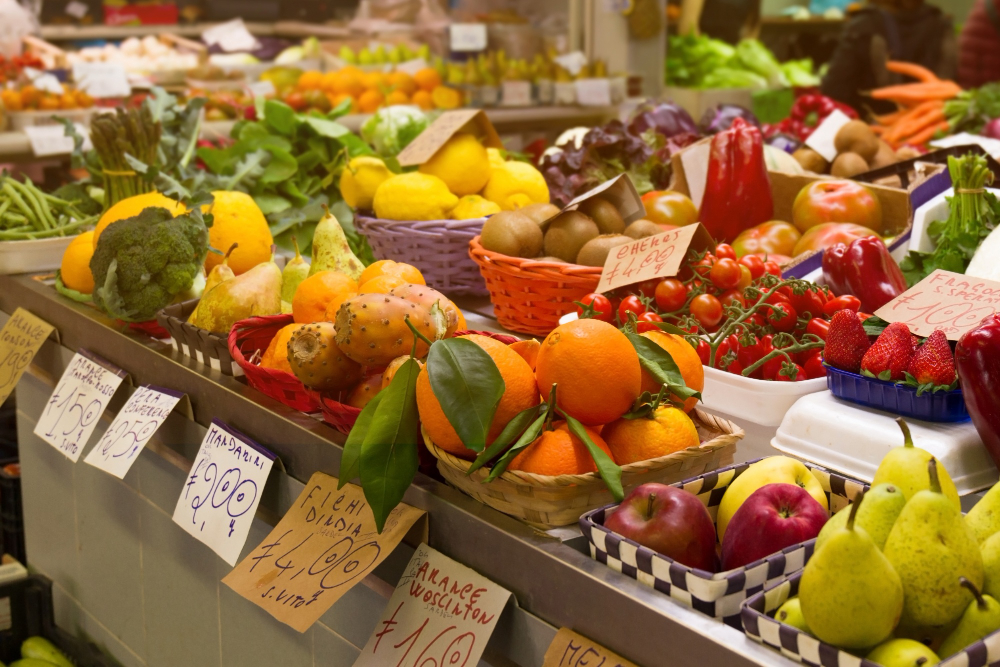August 23, 2022
The agricultural, cereal, and export price indices were stable over the past 2 weeks, with the agricultural and cereal price indices 1 percent higher than 2 weeks ago.
• Domestic food price inflation remains high around the world, with high inflation continuing in almost all lowand middle-income countries and the share of high-income countries with high inflation increasing sharply.
• A recent World Bank blog discussed three policy proposals for making fertilizers more accessible and affordable: countries should lift trade restrictions or export bans on fertilizers; fertilizer use must be made more efficient, for instance by providing farmers with appropriate incentives that do not encourage overuse; and invest in innovation to develop best practices and newer technologies that may help increase output per kilogram of fertilizer used.
• The first Ukrainian grain shipment is under way, but challenges to food security persist.

The agricultural, cereal, and export price indices were stable over the past 2 weeks, with the agricultural and cereal price indices 1 percent higher than 2 weeks ago and no change in the export price index. Maize prices were 4 percent higher than 2 weeks ago, whereas wheat prices dropped by 2 percent and rice prices by 1 percent. Maize and wheat prices are 2 percent higher than the January 2022 average, and rice is 6 percent higher. Maize and wheat price indices are 20 percent higher than the January 2021 average, and the rice price index is 16 percent lower.
Domestic food price inflation (measured as year-on-year change in the food component of a country’s Consumer Price Index (CPI)) remains high around the world. Information from the latest month between April and July 2022 for which food price inflation data are available shows high inflation in almost all lowand middle-income countries; 92.9 percent of low-income countries, 92.7 percent of lower-middle-income countries, and 89 percent of upper-middle-income countries have seen inflation levels above 5 percent, with many experiencing double-digit inflation. The share of high-income countries with high inflation has also increased sharply, with about 83.3 percent experiencing high food price inflation. The most affected countries are in Africa, North America, Latin America, South Asia, Europe, and Central Asia. In real terms, food price inflation exceeded overall inflation (measured as year-on-year change in the overall CPI) in 81 percent of the 153 countries for which food CPI and overall CPI indexes are both available. This week’s 10 countries with the highest food price inflation, in nominal and real terms.
Source: World Bank Report
Legal Notice: The information in this article is intended for information purposes only. It is not intended for professional information purposes specific to a person or an institution. Every institution has different requirements because of its own circumstances even though they bear a resemblance to each other. Consequently, it is your interest to consult on an expert before taking a decision based on information stated in this article and putting into practice. Neither Karen Audit nor related person or institutions are not responsible for any damages or losses that might occur in consequence of the use of the information in this article by private or formal, real or legal person and institutions.






